The US-based Appraisal Foundation recently issued for comment a draft valuation brief titled Professional Interactions Unique to Fair Value for Financial Reporting. The article made several practical recommendations that are applicable to almost all auditor and valuer interactions, including:
- Proactive communication between the parties can avoid friction late in the process. Communication should commence during the audit planning process, where issues requiring valuations are identified. Audit teams should ask management about whether they have the expertise to resolve the issue or whether an external valuer should be engaged. Raising the issues during the planning process allows the valuer to be engaged, the scope to be agreed and in many cases the valuation to be completed and reviewed by the audit team well ahead of the year end. We agree with this recommendation, as we typically receive a large number of enquiries about purchase price allocations and share based payments in the last few weeks before reporting deadlines, leading to difficulty to complete the engagements and have them audited within the required time.
- Financial statements are management’s responsibility. Management use valuers to assist them with their assertions regarding fair value. Auditors should consider management’s instructions to the valuer particularly the agreed scope of work, the sources of information and the extent it has been reviewed. The scope of a valuer’s work can vary considerably e.g. analysis may be based on management’s forecasts, subject to a negative assurance review, a limited scope review or an independent opinion. If auditors require valuers to undertake a specific scope, this should be agreed early in the process.
- Auditors are responsible for ensuring the combined work of management and valuers provides sufficient evidence. This involves the audit team assessing the reasonableness and reliability of the valuation, which should include a review of the key valuation assumptions used and whether they are consistent with market data. It is not possible for the auditor to rely on the valuers work without undertaking a review and ASIC and the USA’s PCAOB have both identified audit deficiencies as result of failure to perform sufficient procedures to test the reasonableness of methods and significant inputs.
The conclusion from the draft brief is particularly relevant, “proactive communication … starting early in the process, especially in cases that present unusual or changed circumstances, can help facilitate alignment on key technical considerations and avoid delaying or complicating the financial reporting process”.
We look forward to seeing the final version of this document in due course.





